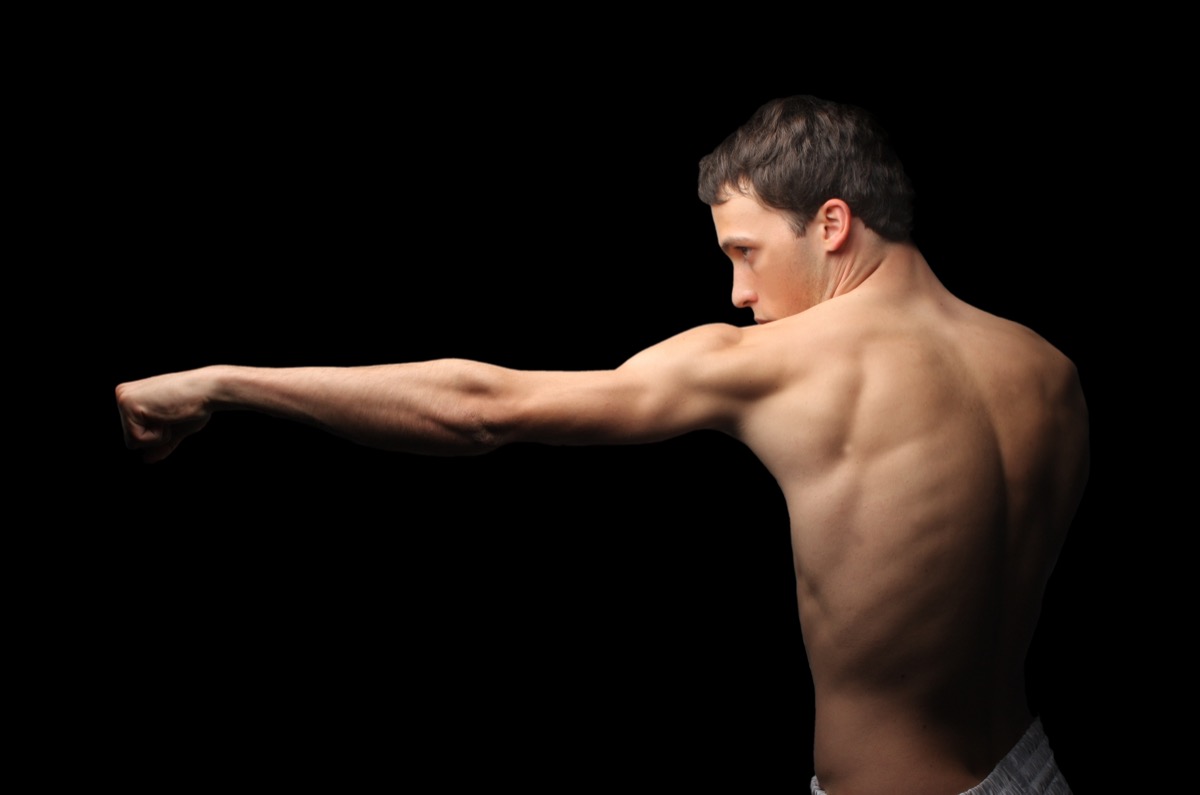When we think of martial arts, images of skilled fighters executing powerful moves and displaying impressive physiques come to mind. Martial artists are renowned for their strength, agility, and overall muscular development. But how exactly does martial arts training contribute to building muscle? In this article, we will explore the various ways in which martial arts can help individuals develop and strengthen their muscles.
One of the primary reasons martial arts is effective in building muscle is because it provides a comprehensive full-body workout. Unlike isolated exercises that target specific muscle groups, martial arts training engages multiple muscle groups simultaneously. Whether it’s punching, kicking, grappling, or performing various forms and techniques, martial artists utilize their entire body, leading to overall muscle development.
Martial arts involves a significant amount of resistance training, which is essential for building muscle mass and strength. Techniques such as striking pads, grappling with opponents, and performing resistance exercises using body weight or specialized equipment all contribute to increased muscle tension. This constant resistance encourages muscle fibers to adapt and grow stronger, leading to enhanced muscle development.
Another aspect of martial arts training that aids in muscle building is the inclusion of plyometric exercises. Plyometrics involve explosive movements that help develop fast-twitch muscle fibers, which are responsible for generating power and speed. Techniques like jumping kicks, explosive push-ups, and rapid footwork drills improve muscular power and coordination, resulting in increased muscle mass and explosive strength.
Martial arts training places great emphasis on developing a strong core, which is crucial for overall stability and power generation. The core muscles, including the abdominals, obliques, and lower back muscles, play a pivotal role in maintaining balance and generating force during martial arts movements. Engaging the core during strikes, kicks, and defensive maneuvers helps develop and tone these muscles, leading to improved overall strength and muscle definition.
Additionally, martial arts training requires a high level of cardiovascular endurance, as practitioners engage in intense physical activity for extended periods. The combination of aerobic and anaerobic exercises performed during training sessions not only improves cardiovascular fitness but also enhances muscle endurance. As the body adapts to sustained physical exertion, muscles become more resistant to fatigue and are capable of sustaining prolonged activity.
Apart from the physical benefits, martial arts also promote mental discipline and focus. The mental aspect of martial arts training helps individuals push through physical barriers and maximize their muscle-building potential. The dedication and commitment required to progress in martial arts training translate into consistent effort and dedication to building muscle mass.
It is important to note that the extent of muscle building in martial arts varies depending on factors such as the style of martial art, training intensity, and individual genetics. However, regardless of these factors, regular martial arts training can contribute significantly to muscle development and overall physical fitness.
In conclusion, martial arts training offers a multitude of benefits when it comes to building muscle. The combination of full-body workouts, resistance training, plyometrics, core development, and increased endurance provides a holistic approach to muscle building. Moreover, the mental discipline and focus cultivated through martial arts training further enhance the physical gains. So, if you’re looking to build muscle while gaining self-defense skills and improving overall fitness, martial arts may be the perfect choice for you.
